What Food Group Is Pizza In?
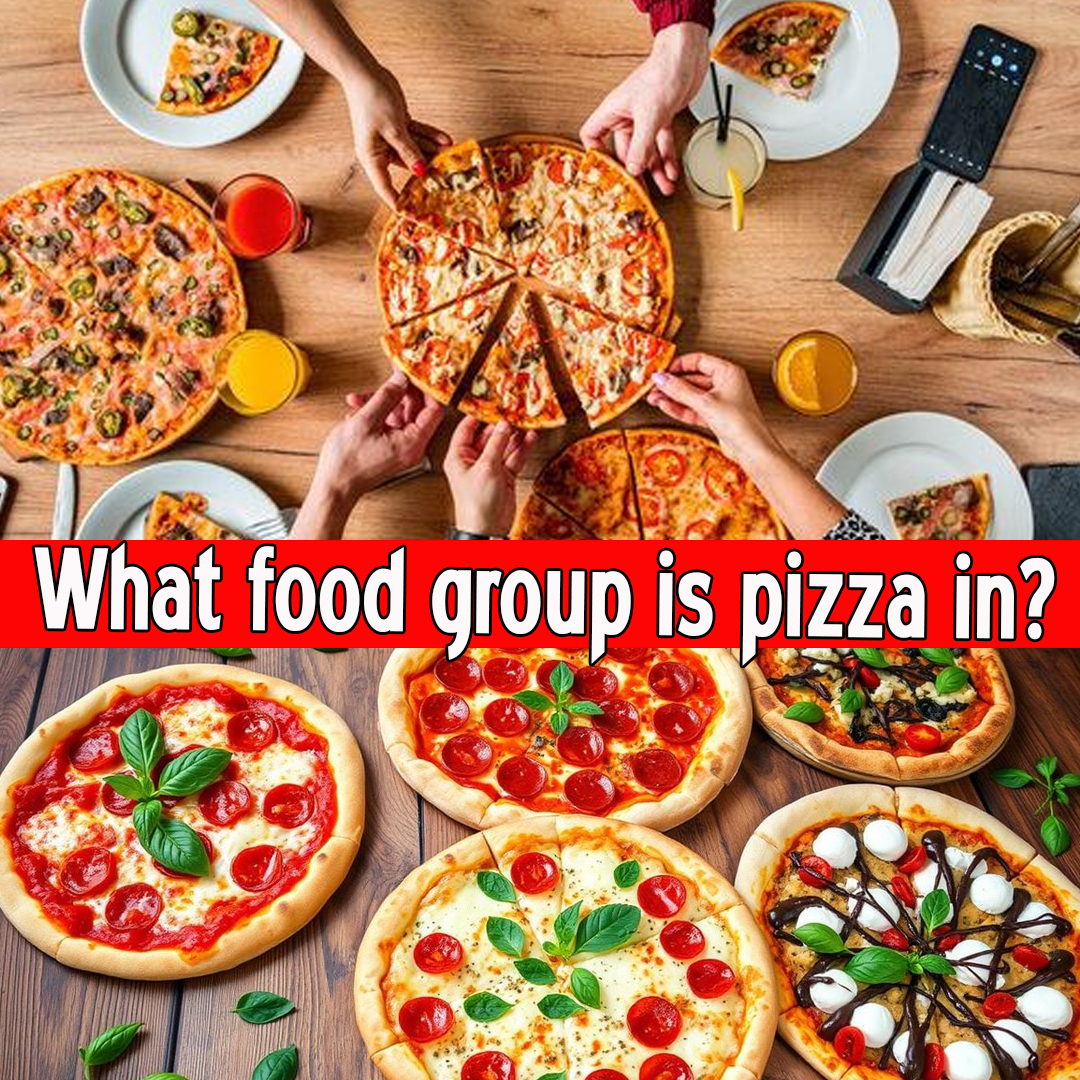
What food group is pizza in?
Introduction
Pizza is one of the most universally loved foods in the world. Whether it’s an Italian-style Margherita, a deep-dish Chicago classic, or a spicy Indian Tandoori Paneer pizza, this cheesy delight crosses cultural and culinary boundaries. But when it comes to nutrition and food classification, many ask:
“What food group is pizza in?”
The answer is not as straightforward as it seems because pizza is a combination food, made up of ingredients from multiple food groups. This article explores in depth:
- How pizza fits into the five major food groups,
- The nutritional components of pizza,
- How different types of pizza alter food group classification,
- Pizza in different dietary guidelines worldwide, and
- Whether pizza can be considered a healthy food option.
1. What Are the Basic Food Groups?
Before diving into pizza, it’s essential to understand the five main food groups as identified by most global dietary guidelines, including the USDA’s MyPlate system:
- Grains (e.g., wheat, rice, oats)
- Vegetables (e.g., spinach, peppers, onions)
- Fruits (e.g., apples, tomatoes)
- Dairy (e.g., milk, cheese, yogurt)
- Protein (e.g., meat, beans, tofu)
Some countries also include Fats/Oils and Discretionary Foods (sugars, processed snacks) as separate categories, especially for dietary planning.
| Read more – What is the best Indian restaurant in the world? |
2. What Food Group Is Pizza In?
Pizza does not belong to just one food group. Instead, it is a composite food that incorporates multiple food groups, depending on the ingredients and preparation style. Here’s a breakdown:
A. Grains – The Crust
The pizza base or crust is made from flour, typically refined white wheat flour or sometimes whole grain.
- Food Group: Grains
- Whole wheat crusts count as whole grains, while white flour crusts count as refined grains.
B. Dairy – The Cheese
The melty mozzarella or other cheese used in pizza is derived from milk.
- Food Group: Dairy
- It provides calcium, protein, and fat.
C. Vegetables – Toppings and Sauce
Tomato sauce is the most common ingredient, made from tomatoes (a fruit botanically, but considered a vegetable in dietary guidelines). Common veggie toppings include:
- Bell peppers, onions, mushrooms, spinach, olives, etc.
- Food Group: Vegetables
D. Protein – Meat and Plant-Based Toppings
Common protein toppings include:
- Animal-based: Pepperoni, sausage, chicken, ham
- Plant-based: Tofu, paneer, chickpeas
- Food Group: Protein
E. Fats and Oils – Olive Oil and Processed Meats
Oil in the dough, cheese fat, and additional oils used for cooking contribute to fat intake.
- Food Category: Fats and oils (not a food group per se, but tracked for health reasons)
3. Nutritional Composition of a Standard Pizza Slice
To understand pizza’s contribution to each food group, here’s the typical breakdown of 1 slice (1/8 of a 14-inch pizza):
| Component | Ingredient | Food Group | Calories | Contribution |
|---|---|---|---|---|
| Crust | Wheat flour | Grains | 120–150 | Carbohydrates, fiber (if whole grain) |
| Sauce | Tomato puree | Vegetables | 20–30 | Vitamins A, C, lycopene |
| Cheese | Mozzarella | Dairy | 70–100 | Calcium, protein, saturated fat |
| Toppings | Meats/Veggies | Protein/Vegetables | 50–100 | Iron, zinc, protein, sodium |
| Oils | Olive oil or cheese fat | Fats | 20–50 | Calories from fat |
4. Pizza Types and Their Impact on Food Group Composition
Not all pizzas are created equal. Variations affect which food groups are more dominant.
A. Margherita Pizza
- Grains (crust), Dairy (cheese), Vegetables (tomato, basil)
- Considered relatively balanced and close to Mediterranean dietary preferences.
B. Meat Lover’s Pizza
- Grains, Dairy, Protein (multiple meats), high in fat and sodium.
- May fall under “discretionary” food due to processed meats.
C. Veggie Supreme
- Excellent source of vegetables.
- Often includes multiple food groups: crust (grain), cheese (dairy), and veggies.
D. Vegan Pizza
- No dairy, but includes plant-based protein (tofu, legumes), veggies, and grain.
- Balanced among Grains, Vegetables, and Protein.
E. Deep-Dish Pizza
- Extra crust, cheese, and oil.
- Heavier in grains, dairy, and fats—can border on indulgent or discretionary food.
5. Pizza in Dietary Guidelines Across the World
A. United States (USDA MyPlate)
Pizza contributes to all five food groups, though its healthiness depends on ingredients and portion size.
- Healthy if topped with vegetables, lean proteins, and made with whole wheat.
- Unhealthy if overly processed, greasy, or consumed in excess.
B. India (ICMR Guidelines)
Pizza is often classified under composite dishes, and nutritional guidelines suggest limiting high-fat foods.
- Paneer and veggie pizza fits better within balanced dietary recommendations than pepperoni or cheese-stuffed crusts.
C. United Kingdom (NHS Guidelines)
Pizza is viewed under composite meals, and advice centers on choosing options with:
- Thin crusts
- Reduced-fat cheese
- Plenty of vegetables
6. Is Pizza a Junk Food or Balanced Meal?
Pizza can be either—depending on ingredients and portion size.
Considered Healthy When:
- Made with whole wheat crust
- Topped with vegetables and lean proteins
- Cheese is used in moderation
- Portion control is followed
Considered Unhealthy When:
- Loaded with high-fat meats like pepperoni or sausage
- Cheese-stuffed or deep-fried
- Excessive portion sizes
- Accompanied by sugary sodas and sides like fries
7. Homemade vs Store-Bought vs Fast-Food Pizza
| Type | Food Group Balance | Health Profile |
|---|---|---|
| Homemade | Can include all five groups intentionally | Customizable, healthier, portion-controlled |
| Store-Bought | Variable (some veggie frozen pizzas good) | Often high in sodium, preservatives |
| Fast Food | Usually grain, dairy, and protein-heavy | High in saturated fat, sodium, and calories |
8. Special Diets and Pizza
A. Keto Pizza
- Replaces crust with almond flour, cauliflower, or cheese.
- Focus on Protein and Fat, less or no Grains.
B. Gluten-Free Pizza
- Uses rice flour, cornmeal, or other gluten-free grains.
- Still belongs to the Grains group, though gluten-free.
C. Vegetarian/Vegan Pizza
- May lack animal protein or dairy but still balances Grains, Vegetables, and Plant Proteins.
9. How to Make Pizza Healthier (and Balanced Across Food Groups)
- Use Whole Wheat Crust – Keeps fiber high and avoids refined grains.
- Add a Rainbow of Veggies – Bell peppers, onions, mushrooms, broccoli, spinach.
- Use Lean Protein – Grilled chicken, legumes, tofu.
- Moderate Cheese Use – Use part-skim mozzarella or paneer.
- Go Easy on Sauces and Oils – Avoid heavy dressings or greasy finishes.
10. Conclusion: Pizza – A Food of All Groups
To answer the central question:
What food group is pizza in?
Pizza isn’t confined to a single food group. It is a composite food, typically encompassing:
- Grains (crust)
- Dairy (cheese)
- Vegetables (sauce and toppings)
- Protein (meats or alternatives)
- Fats and oils (cheese, oil used in cooking)
Depending on how it’s made, pizza can be a balanced meal or an indulgent treat. With conscious choices in crust, cheese, toppings, and portion sizes, pizza can fit within most healthy eating patterns—making it not just delicious but also nutritionally versatile.
So next time you indulge in a slice, you’re not just eating one food group—you’re enjoying a full meal wrapped in a circle of joy.

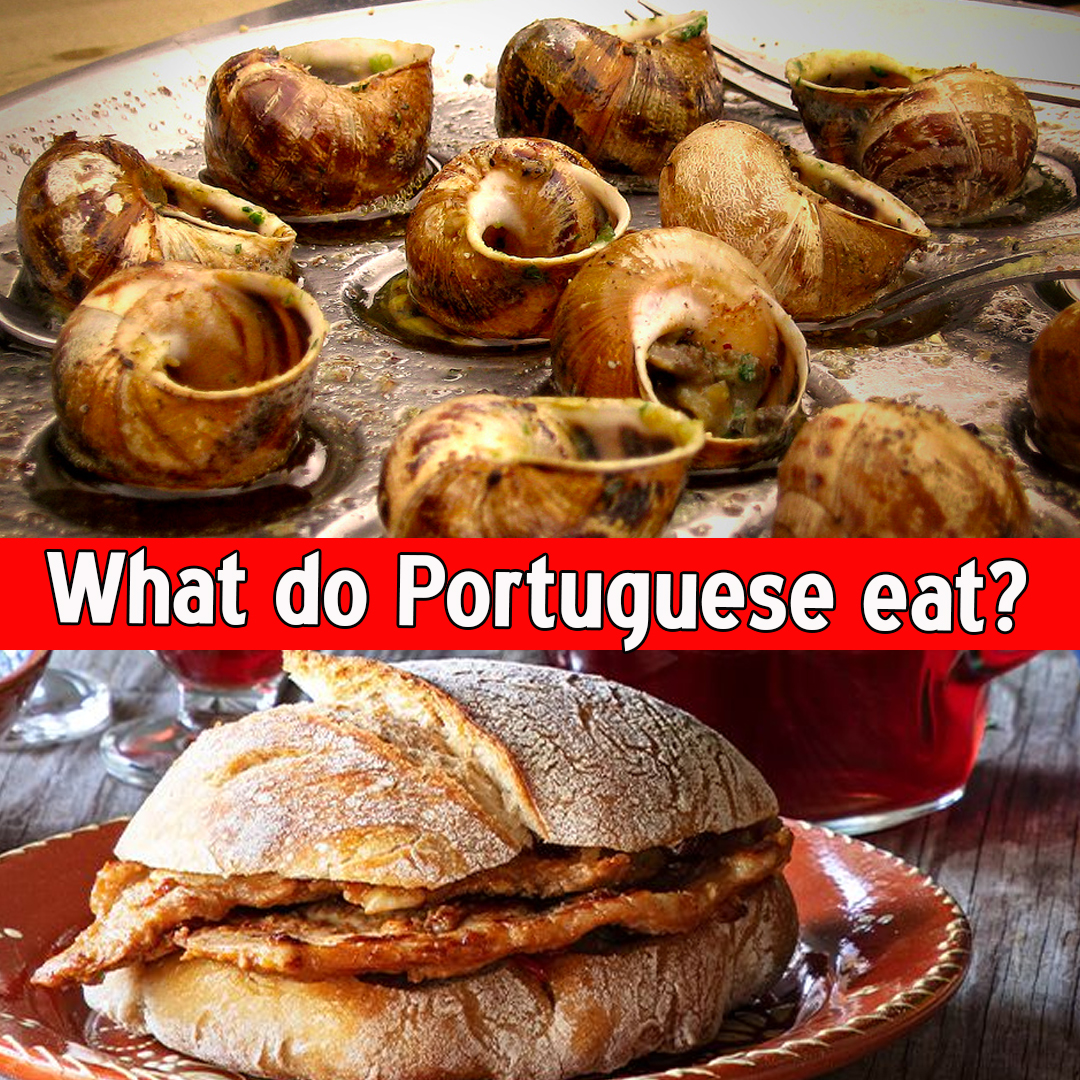


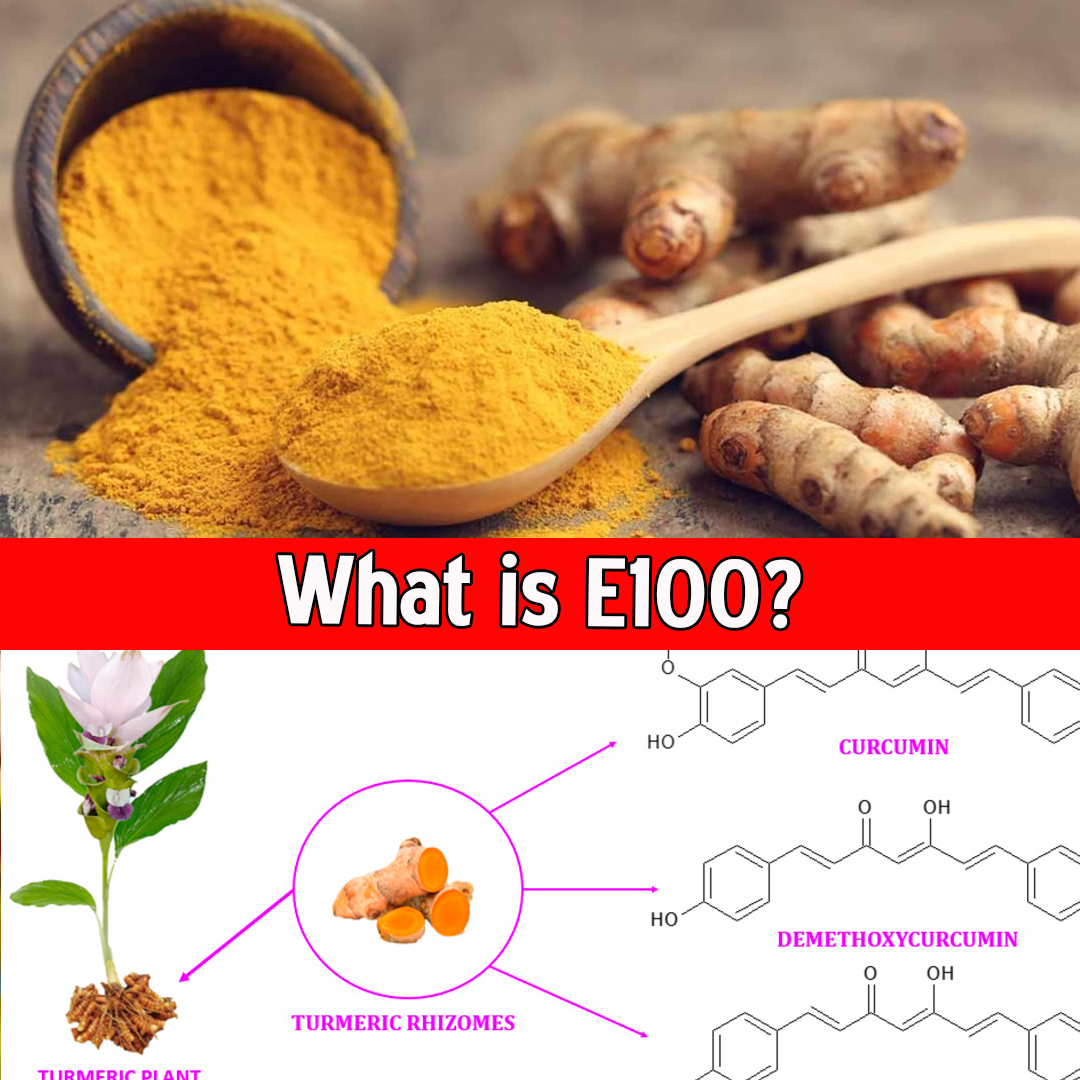

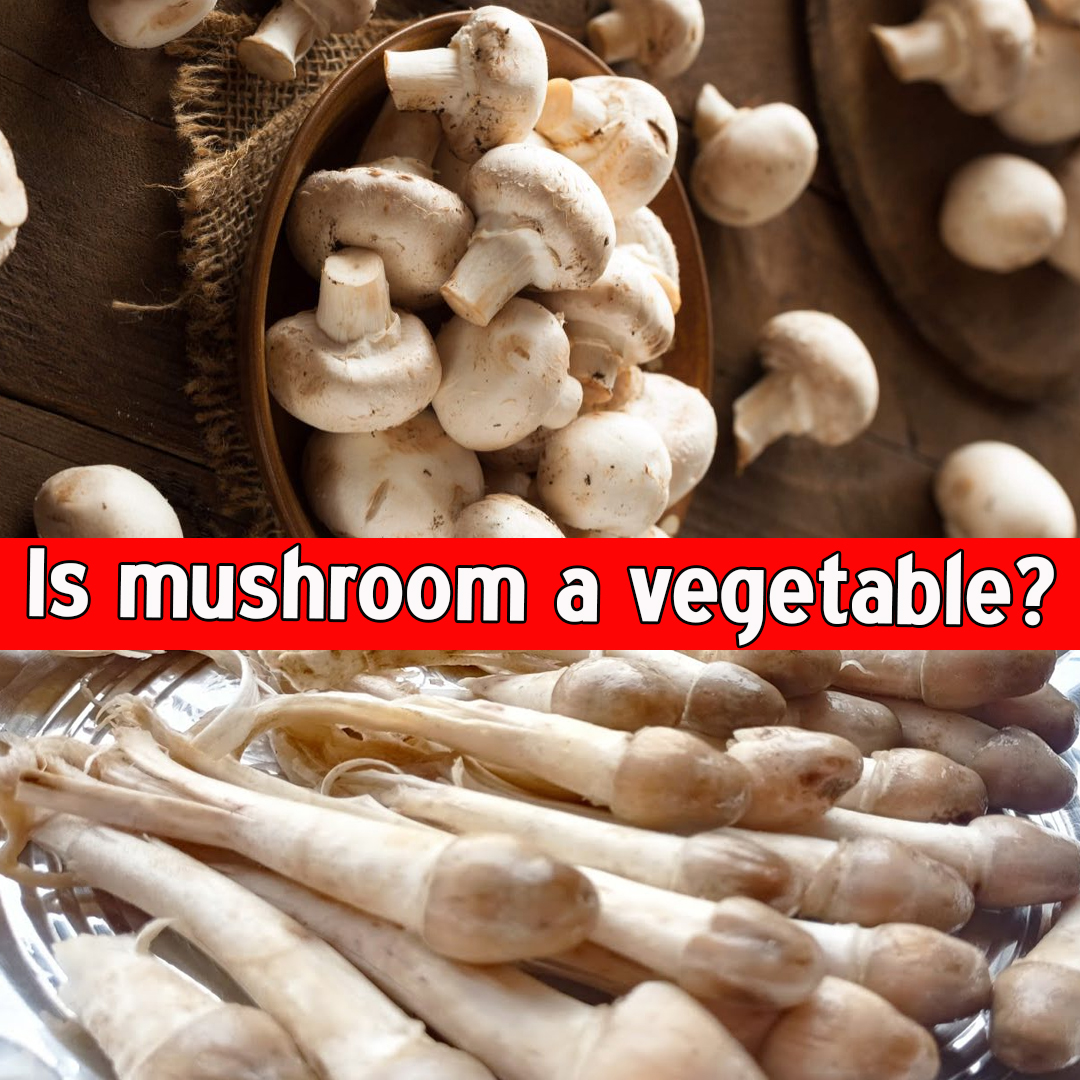

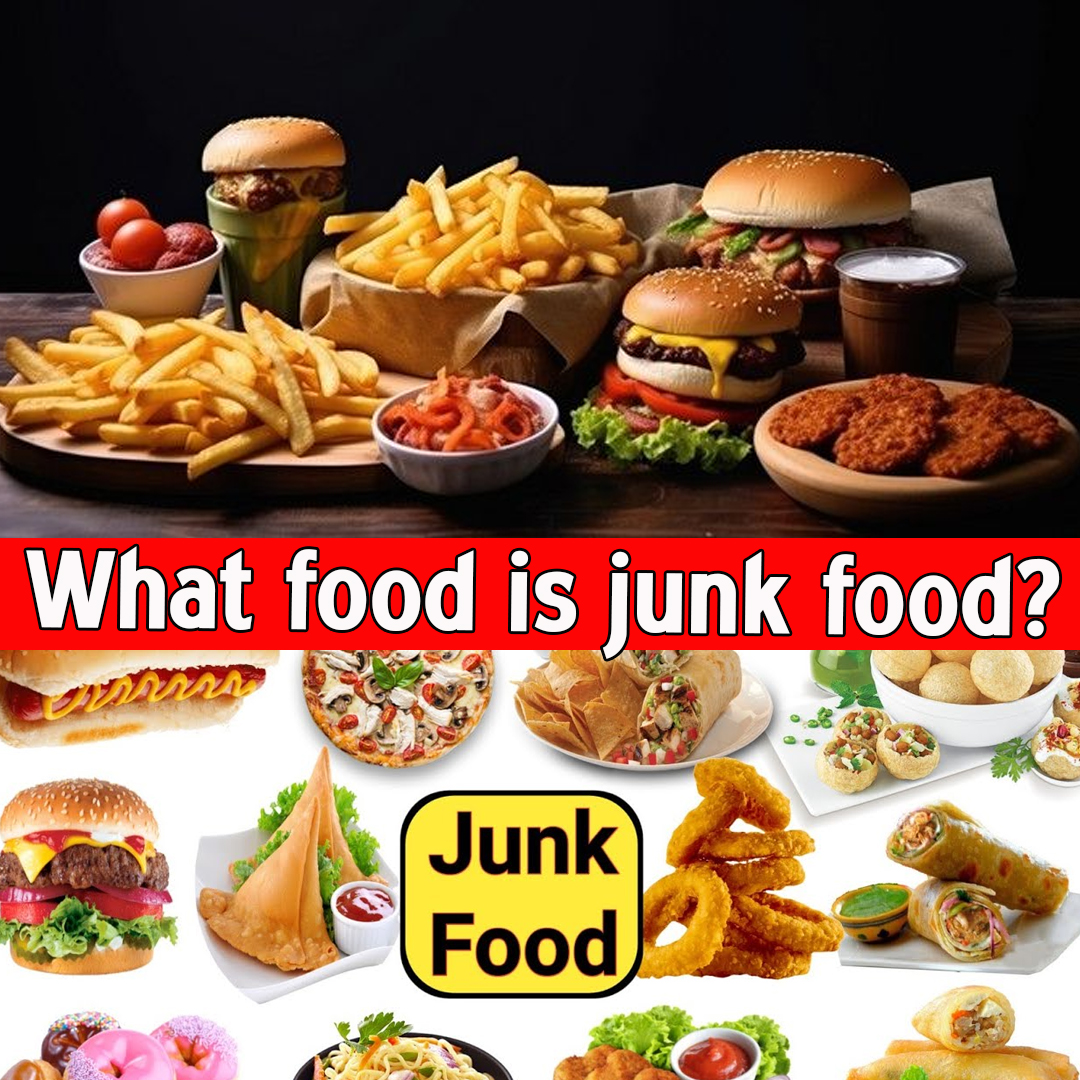

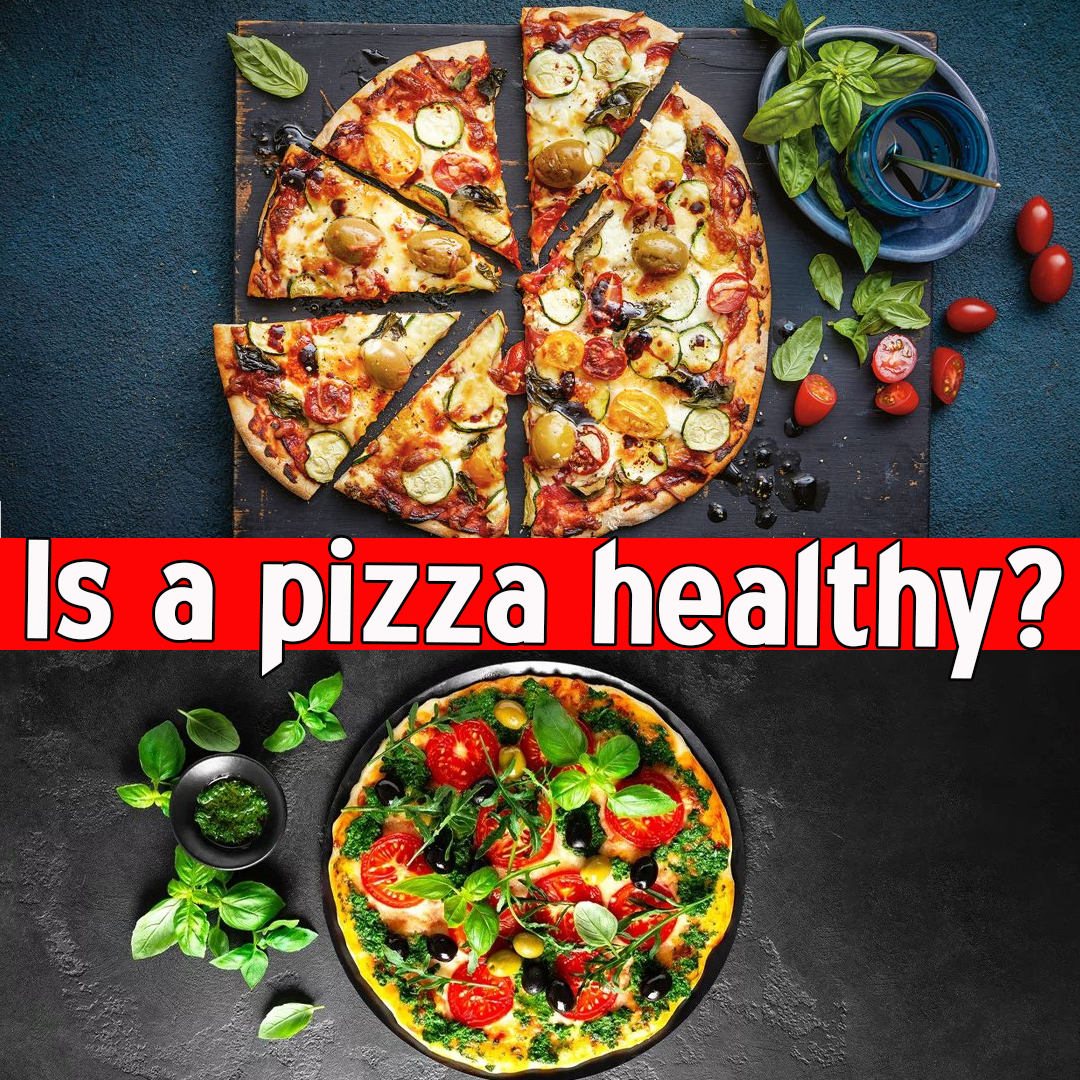

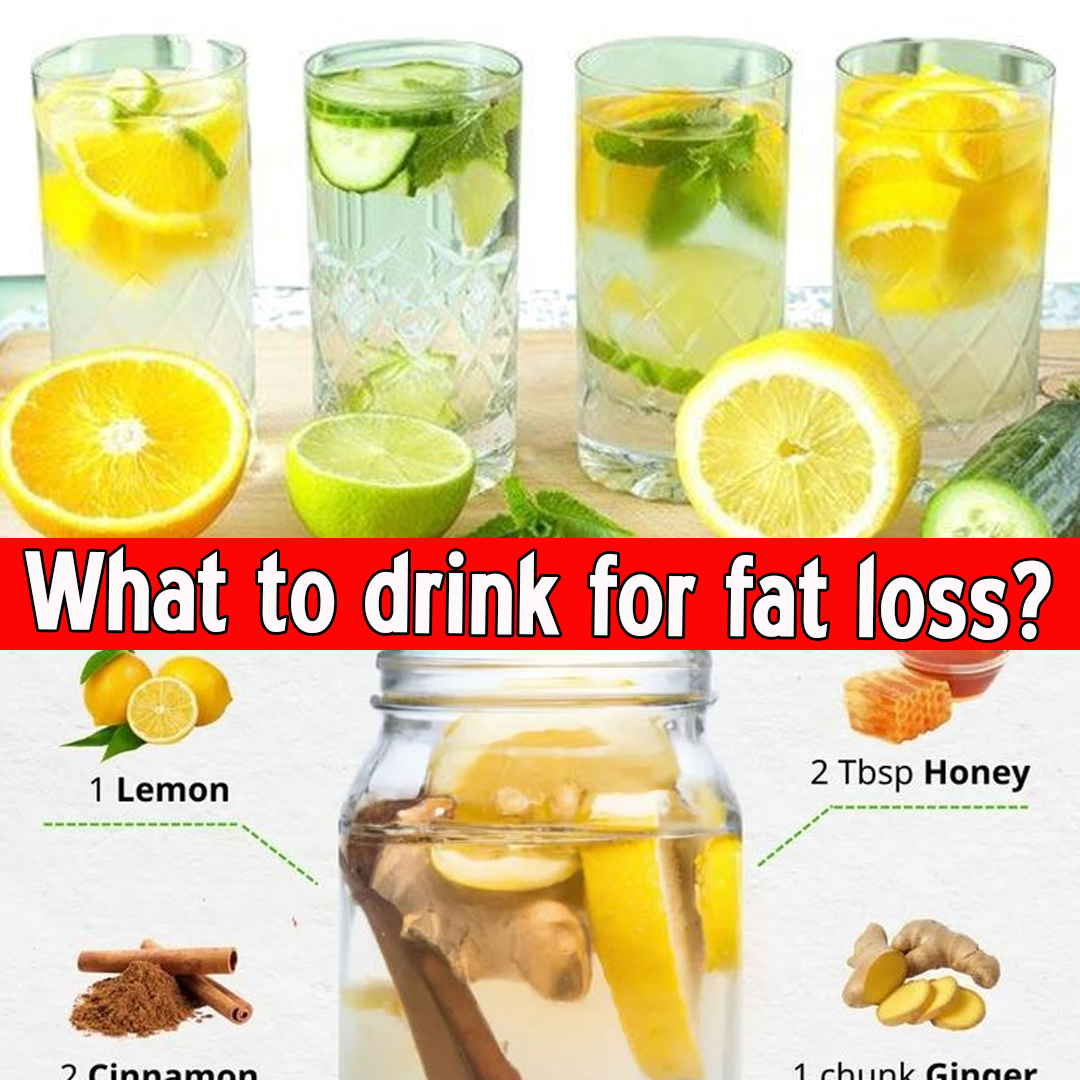
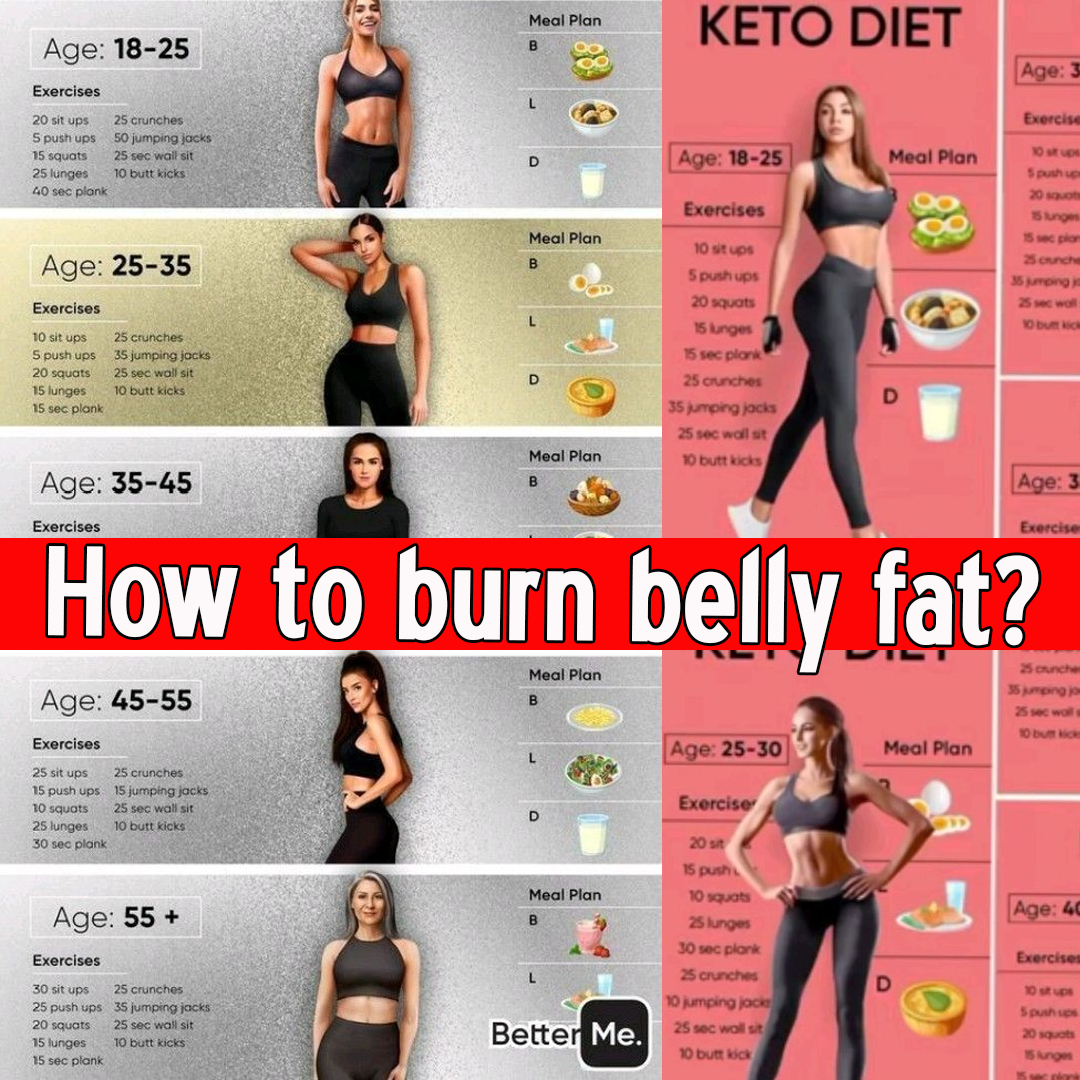

Leave a Reply